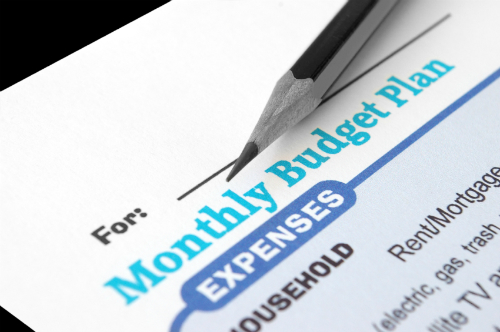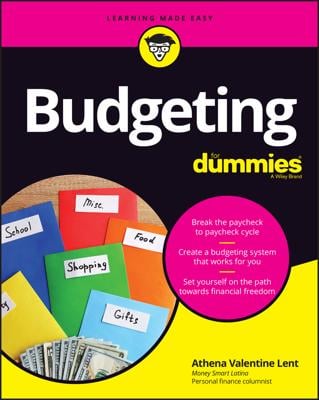 © i-frontier / iStockphoto.com
© i-frontier / iStockphoto.comBut not everything you feel like you need actually is a need. Unless it's required for your job (in which case you ought to be reimbursed or deduct the expenses from your taxes).
In order to create a budget for yourself, you first need to take a hard look at what you need versus what you want.
Figuring required expenses
Your required expenses, or needs, must come first. To figure out what your required expenses are, fill out this Required Monthly Expenses worksheet.If you have a surplus after meeting your required living expenses, go ahead and check out the next section on using your excess money for wants.
If you aren’t already doing so, set up automatic monthly withdrawals from your paycheck or your checking account to pay for or fund each of the required expenditures. That way, your requirements are met automatically each and every month, and whatever is left over is yours to spend however you see fit.
Wading through your wants
Hopefully, you find yourself with some “extra” money after paying for your needs. You can use the Desired Monthly Expenditures worksheet to figure out your wants and how much you’d like to spend on them.After you add all your needs with the list of wants, you will likely discover that you have little or no surplus cash. If you determine that you have negative cash flow, you should prioritize your expenditures so that you don’t plan to spend more than you bring in.
Solving for shortfalls
If you have a shortfall after you calculate your required expenses, something has to give. Consider the following suggestions when you’re faced with a shortfall:-
Don’t completely cut out any of your required expenditures. You may be tempted to consider dropping insurance coverage and/or the amount of money you save for a “rainy day” if you don’t have surplus cash flow. You aren’t doing yourself any favors by skipping these items, and the decision will come back to haunt you sooner or later.
-
Review each of the needs categories and consider ways to cut down on necessary expenses. For example, you may be able to obtain less expensive insurance and save money on groceries, clothing, and transportation by shopping around.
-
Consider your employment. Often, the only reasonable option you and your spouse or partner may have is to increase your income by working overtime, taking on a part-time job, or possibly even changing jobs.

